From being Director at Benesse Holdings to collecting art, Hideaki Fukutake’s success has been brought about by his unique vision. He is Vice-President of the Fukutake Foundation which operates Benesse Art Site Naoshima. He and his father have transformed islands ravaged by industrialisation in Japan’s Seto Inland Sea into Benesse Art Site Naoshima, a captivating destination for art lovers and high-profile collectors from around the world. François Pinault, Dakis Joannou or Eli Broad were just a few collectors who admire the site. Through collecting and displaying art from a great variety of artists, Hideaki Fukutake wishes to build a new set of values, a new way of seeing and thinking, and ultimately create a new culture.
Larry’s List writer Yuri Yureeka Yasuda spoke to the Japanese collector about his concept of an independent art state and how Gerhard Richter’s Betty changed the way he looks at art…
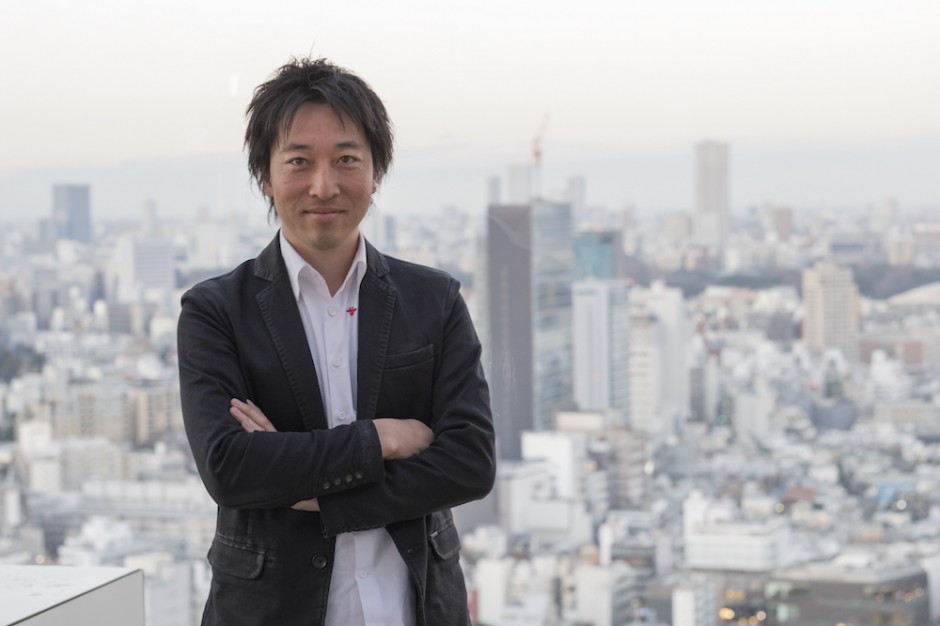
Tell us a little bit about your background. What do you do? And how did you start to get involved in the art world?
Benesse Holdings focuses on developing education and nursing care mainly in Japan and Asia. At the same time, through activities of contemporary art and architecture conducted in the context of Benesse Art Site Naoshima, we have been working on revitalizing the islands in the Seto Inland Sea that face the problem of the declining, aging population.
My interaction with art began as far back as I can remember. My grandfather was a collector of modern paintings and my grandmother practiced oil painting. My father specializes in contemporary art, and even outside the family, growing up in the city of Okayama added to a further exposure to art. With Ohara Museum of Art founded by Magosaburo Ohara (also the founder of Kuraray Group), along with many entrepreneurs in Okayama supporting culture and art, my hometown naturally allowed me to engage and grow an interest in the arts.
How did you start? What was your first purchase?
I am heavily involved in various art projects on the islands of the Seto Inland Sea, so many of the artworks are displayed there. But recently, as I have the occasion to meet and engage with artists younger than myself, I’ve begun personally purchasing art in order to support their activities. The first purchase I made from the younger generation was from Coen Young, an artist still in his 20s. I think the most important work of an artist is the artist himself/herself. Consequently, before viewing an artwork, I’m often won over by the artist’s human appeal and end up buying.
Moreover, when I’m walking around a gallery, and an artwork commands my attention bringing my pacing to a halt, I believe this is the power of a good piece. It’s this natural connection that leads me to make a purchase. Most artworks that have the ability to draw me in are usually works that have a sense of erotism. It’s not simply “erotica” but something similar to unconsciously looking twice when you see a beautiful woman walk by, it’s hard to articulate but it’s an attraction on multiple levels.
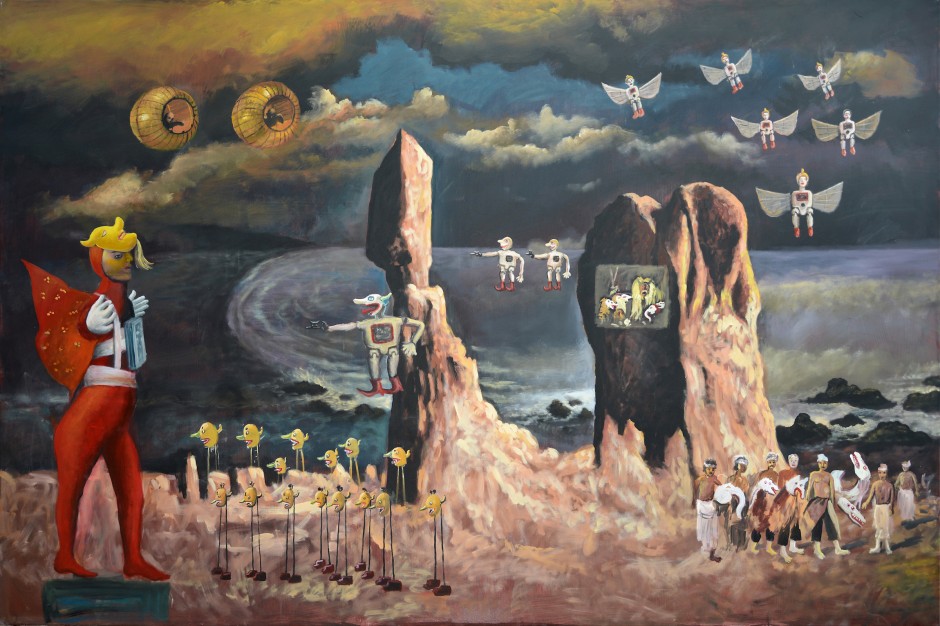
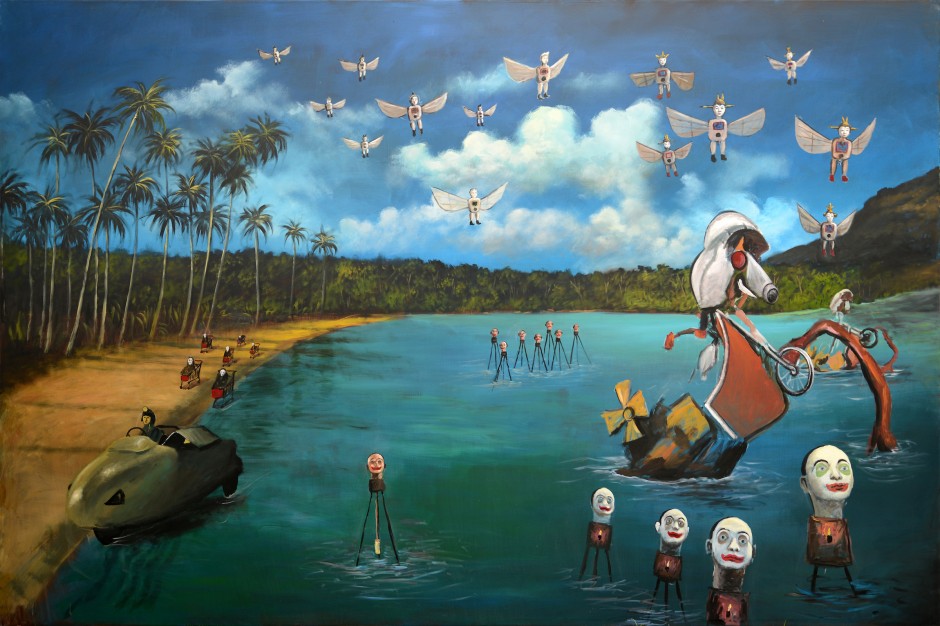
What is your main motivation behind collecting?
Through art, I wish to build a new set of values, a new way of seeing and thinking, and ultimately create a new culture. For example, a value that Japanese people can feel proud of in the future, a vision close to a futuristic “Kyoto”. At Benesse Art Site Naoshima, we want to realize a “happy” community and way of living. In theory, our concept is close to an independent state.
I believe that if people’s values and mentalities change for the better, behavioral shifts will follow, and this will lead to creating a progressive world. I want to be able to experience this. However, in order to introduce alternative ideas and values – we cannot enforce them directly for it will lead to misunderstanding and misinterpretation. Hence, we need art. Art has an extraordinary ability to communicate ideas. It can be subdued but is also able to reach the subconscious. There are no right or wrong answers. I think this is why it can inspire a wide audience and stir positive excitement to many in their interpretations.
Of course there are independent artworks that have enough influence to make social commentaries or critiques, but I mostly don’t seek for an artwork to accomplish anything alone. There is a limit to this. Rather, we are aiming to create a space and environment to build the relationship with art: art and architecture, art and the culture of an island and its environment, art and weather, art and nature. I think the art-architecture-nature combination is one of the best approaches to deliver a message.
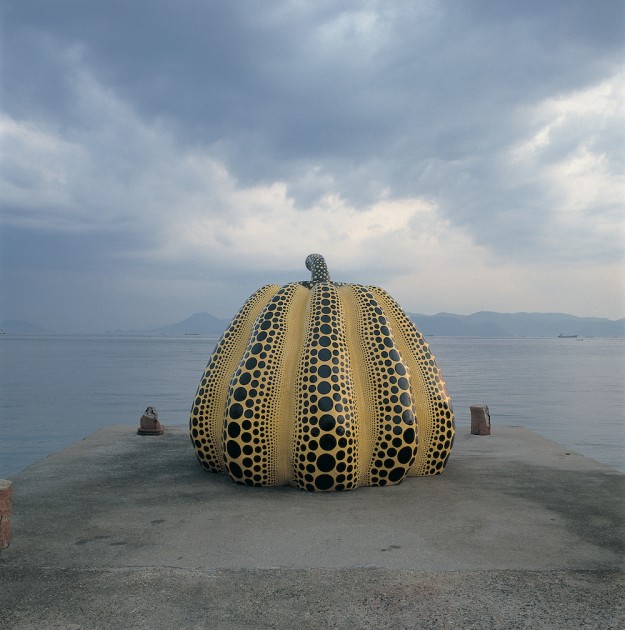
Photo: Shigeo Anzai. Courtesy of Benesse Art Site Naoshima.
Is there a particular artwork that has moved you or changed how you approach art?
When I encountered Gerhard Richter’s “Betty.” At first, the obscure atmosphere of the image appealed to me without me having put much thought into it. However, upon further inspection after receiving a briefing on the work, my impression of the artwork dramatically changed. This portrait was intentionally ambiguous in focus, the depicted subject faced backwards. Furthermore, it was revealed to me that it was a painting and not a photograph. And since this learning experience of something proving to be completely different from expectations, the way I looked at things in life changed. I no longer viewed art with a “fixed” mindset. I also stopped trying to articulate and analyze what the artwork was about. Instead, I try to appreciate the emotions and inspiration that a piece delivers. I find myself paying less and less attention to the commentary plates of artworks.
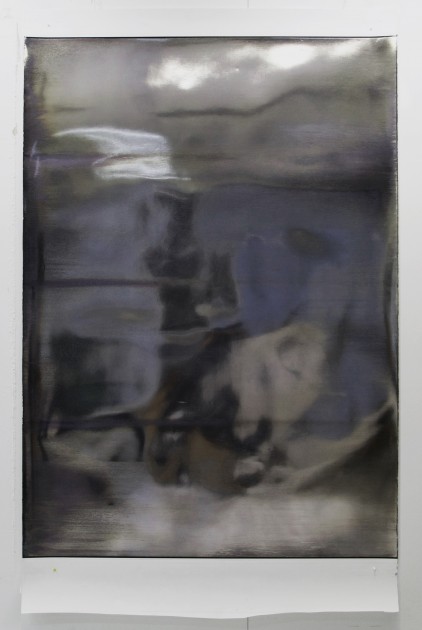
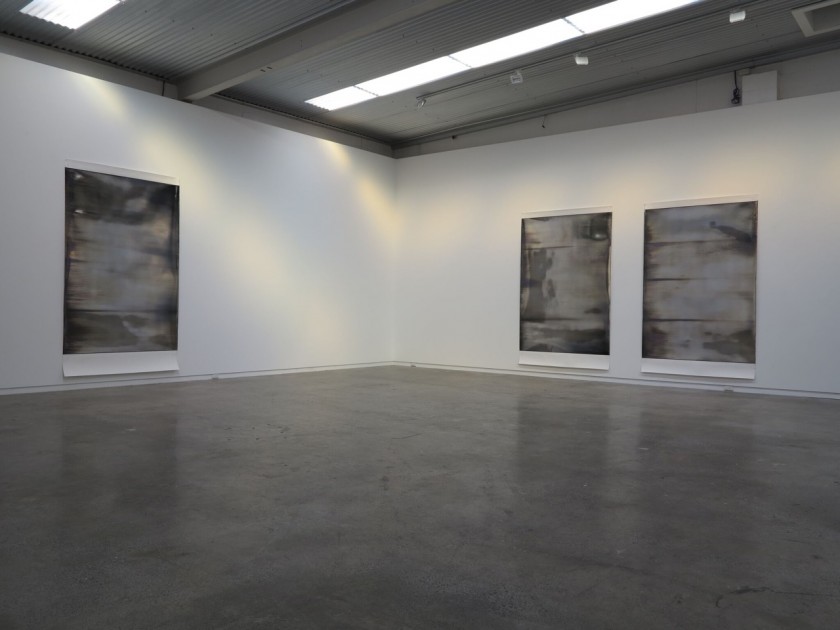
Where do you display your collection?
When I purchase artworks, the majority of the time I consider where and how I will display the work before making the purchase. Therefore, selected artworks are based on an ideal balance between the location, space, architecture, and environment.
I will be moving to a new house next month, and for the office and home, I will try to display cheerful works that make me feel positive-minded.
At the Art Site, which explores the idea of well being and probes dichotomies such as “Life and Death”, many of the artworks that illustrate a more distinctive, contemplative atmosphere.
Naoshima in the global art world has become a household name. What are your first memories of this project? When and how did you get involved? Did you ever imagine that it would become what it is today/epitome of art lover’s utopia?
As our business involves education, “Naoshima” initially started as a camp site for children. I was one of the first 100 children to experience this. The person leading the development and construction of the campsite was no one other than the young Tadao Ando. So my first memory of Naoshima is camping.
The collaboration with Tadao Ando was a catalyst. We began to realize that art and architecture went hand in hand, which led to the foundational roots of Naoshima today. At that time, it was an uncommon idea in both the art and architecture industry to mesh both together. My father told me that at its onset many in the art world mocked him for his “stupid” idea. I couldn’t envision back then what was actually being achieved. From a certain point though, what we were striving for became very clear to me, and I have been continuing to pursue this till the present day.
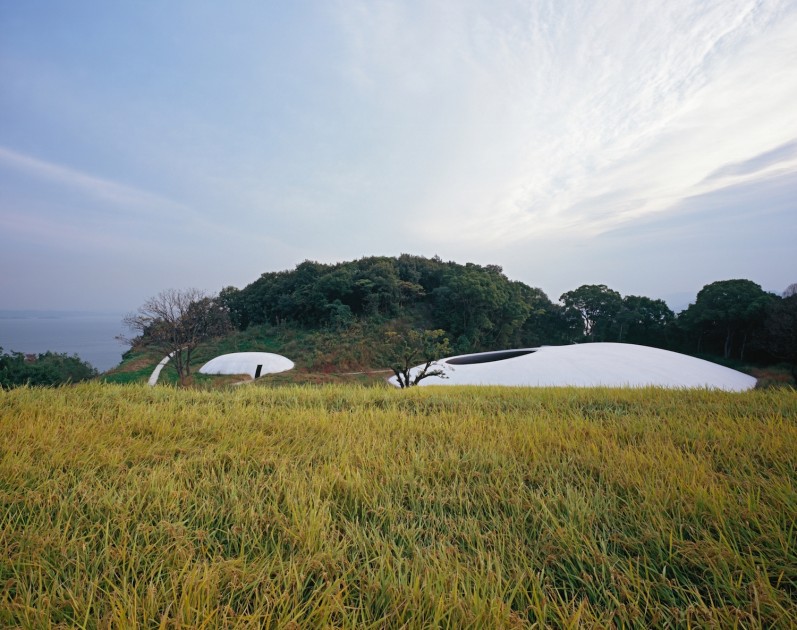
What is the message/goal of Naoshima for you/for your father?
The philosophy underlying Naoshima is “well-being”. We aim to introduce a rich, fulfilling lifestyle that has seemingly been forgotten by modern, urban society. We believe “the older, the happier”. In order to achieve this, mass production and mass consumption offers no solution, rather we realized that we need to focus on the idea of “using what exists to create what is to be”; and on this basis, we foster mutual relationships among contemporary art, architecture, design, environment, traditional culture, and nature.
Where is your favorite artist destination in the world? Is there a destination that you have yet to visit that is on your radar?
I haven’t had a chance to go but would like to go to MONA in Tasmania.
Who are your favorite artists?
Gerhard Richter
Anri Sala
What have you purchased recently?
Heri Dono, Shinro Ohtake
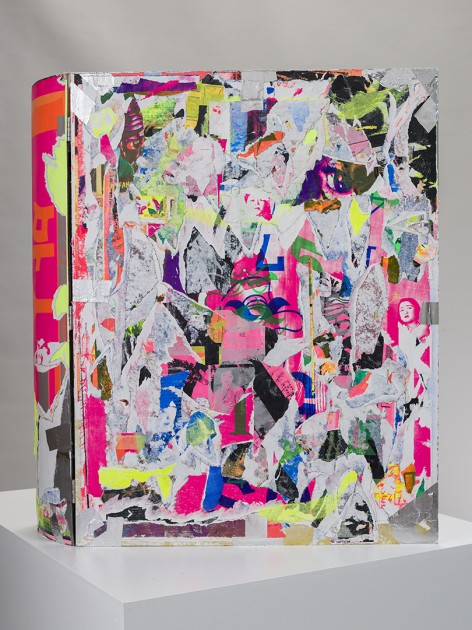
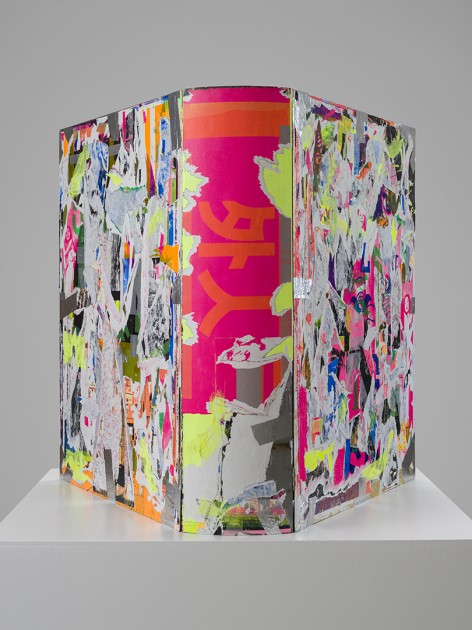
What is your collecting style? Do you like to go to auctions, galleries, artist’s studios or fairs? Do you meet the artist before you make a purchase? Are you more focused on established or emerging artists?
I don’t really have a fixed style of collecting; I’ve purchased artworks at auction houses, galleries, artist’s studios, art fairs in various cases. However, I rarely, if not never, acquire a work that I haven’t seen first-hand. Regarding young artists, it is common that I usually get acquainted with them before viewing their works. In a way, I am checking both the artwork and the artist. Specifically to young artists, it is common that they usually don’t have a signature style or established series yet, so I might have a tendency to evaluate the artist themselves as an artwork.
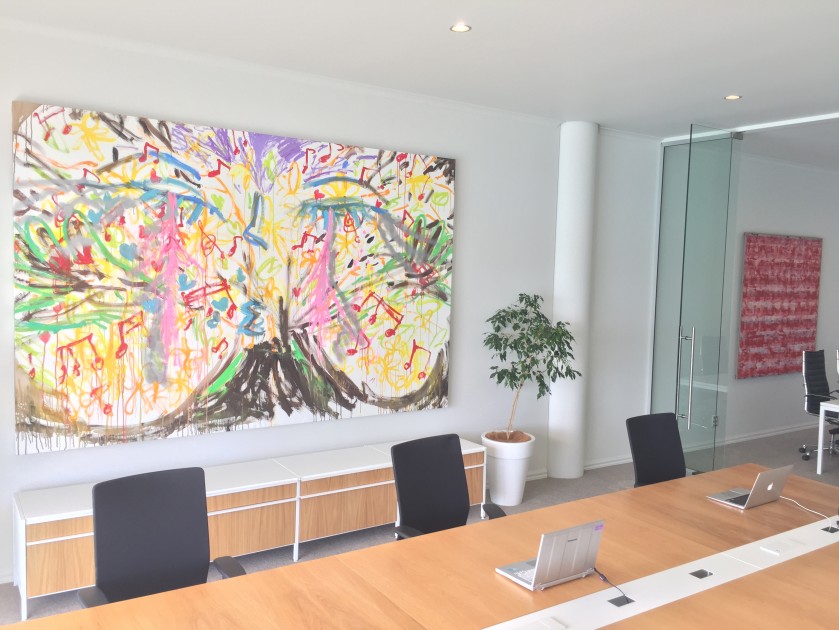
Who are some artists that are on your radar for 2017 or in the near future?
Dane Mitchell, Coen Young. I currently live in New Zealand, so from NZ or Australia, Dane Mitcheel or Coen Young.
In Japan, Haruka Kojin, Ellie Omiya and Yusuke Asai. I am sure he wouldn’t like it but I would be more than interested if the architect Junya Ishigami created artworks.
In Asia, Pannaphan Yodmanee from Thailand.
Who is your inspiration in the art world? Do you have a mentor?
I don’t have one really. I make a conscious effort not to limit myself to only the “art world”. However, I am thankful to the many individuals who have given me advice.
My father is not necessarily my mentor but I do talk a lot about art with him.
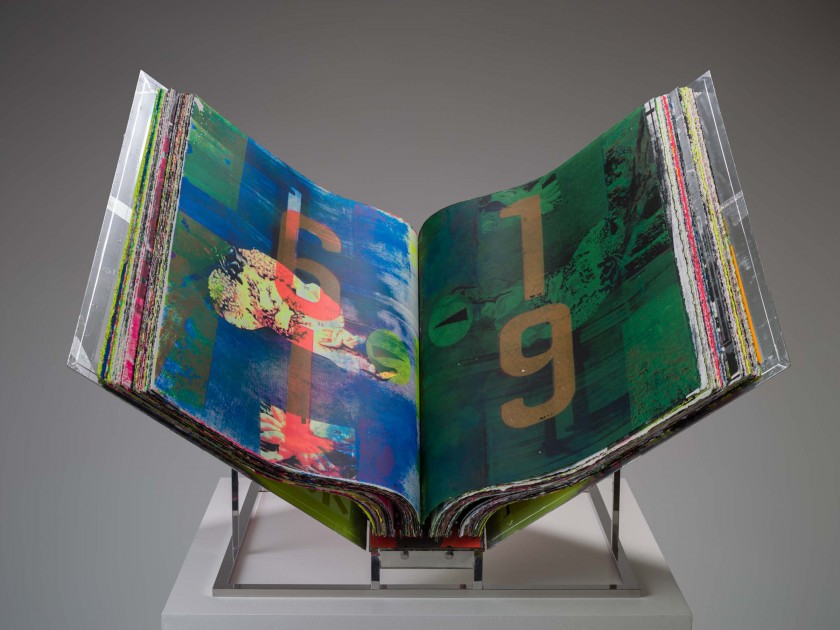
Which art fairs are you looking forward to this year? Do you go to all the major art fairs?
I do not attend all the major art fairs.
However, this year I am planning on going to Europe for Documenta, Sculpture Projects Münster, Venice Biennale, Art Basel and Salone de Milano as it all coincides during the same period, which only happens once in every ten years.
Hong Kong has become a global importance in our art market. How about Japan? What is the future of Japanese contemporary art scene?
The Japanese art scene is unimpressive speaking from the global art market standpoint. Young collectors have been emerging but most of them are successful entrepreneurs with overseas businesses – their collections are inevitably global. However, in order to develop and cite the art scene in Japan, it is not about collectors but the Japanese artists themselves that need a stronger presence.
I am personally paying attention to the growing art scene of Asia (Japan obviously included).
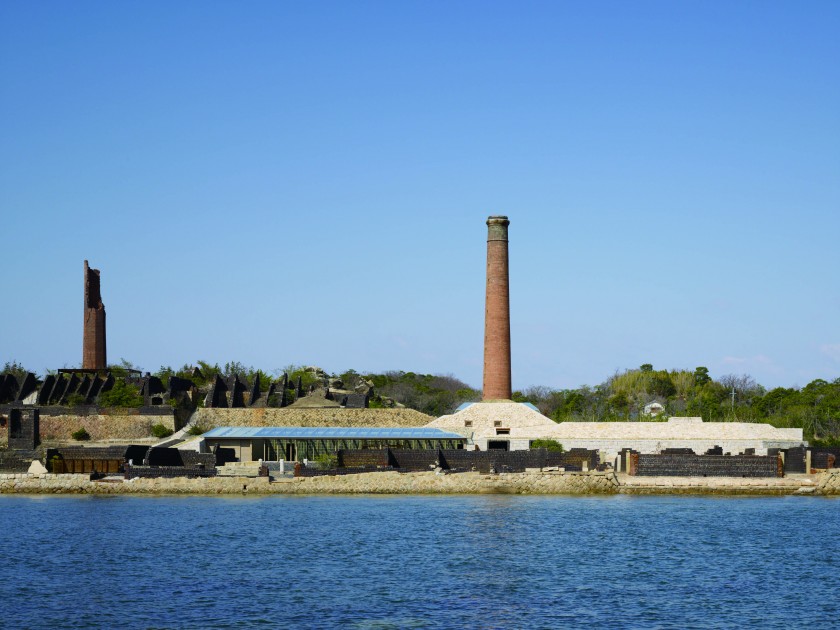
Would you have some messages for the young people?
Sometimes, Art is not logical. Having said that, often human beings are not rational. People who consider themselves rational might buy something carelessly or be in a relationship with someone that is far from their ideal. Falling in love cannot be defined, yet people continue to seek it. In this way, humans and art are compatible.
Art is indispensable. Art is not an accessory to add to your leisure or to stimulate economic activity. It is a necessity for human activity. Let’s put it this way – art is very similar to a newborn baby – it requires tremendous care and attention, but has the boundless power to bring people together.
I hope the youth of today can keep an open mind and value their innate sensitivity. Humans despise silence; too much of it will make us go mad. So along with staying true to one’s creative spirit, allow the freedom for some “noise” in your life.
Interview conducted by Yuri Yureeka Yasuda
Related: Benesse Art Site Naoshima
A selection of artists collected by Hideaki:
Coen Young
Heri Dono
Shinro Ohtake





